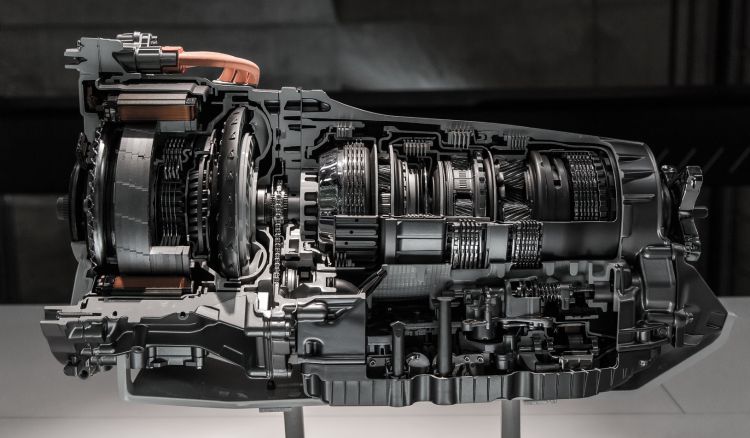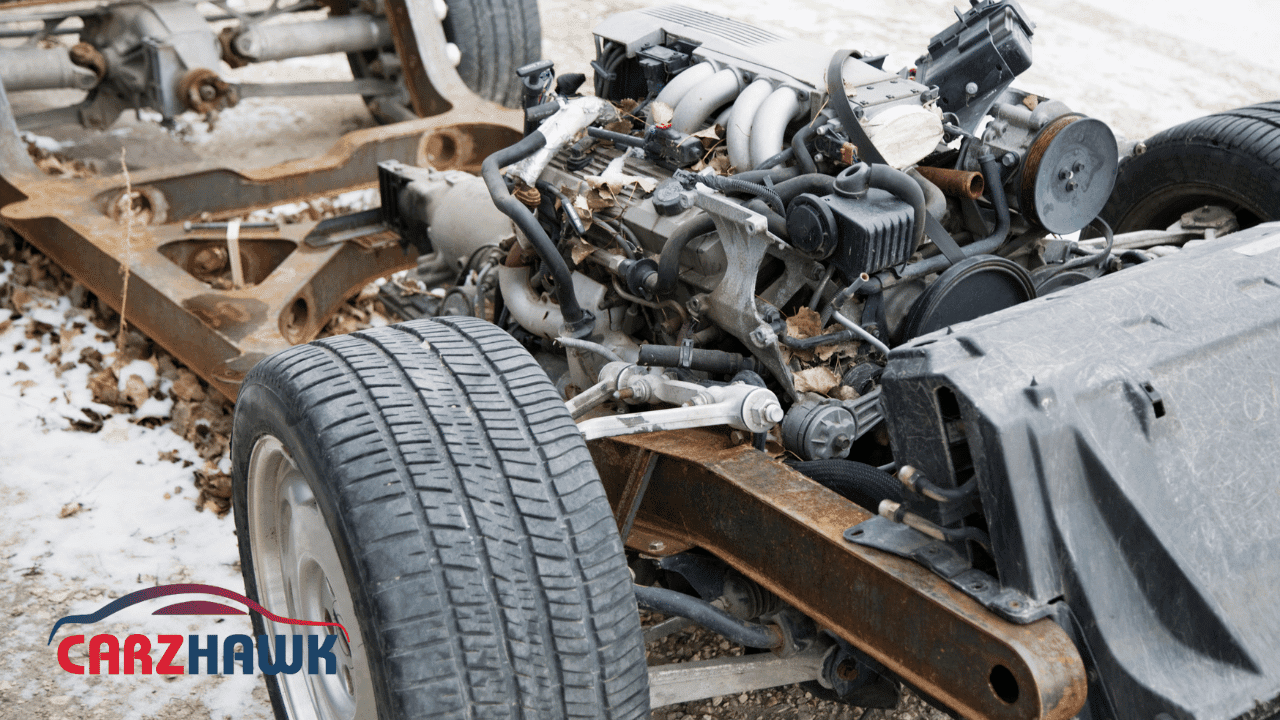One of the most expensive problems is a Bad TCM Signs (broken transmission control module). This is especially true if it leads to other problems along the way. Lucky for most of us, TCM doesn’t fail very often, and the reason can be found somewhere else. Let’s go over the signs of a bad TCM and what to do if you get one.
The AT dashboard light, shifting that hesitates or jerks, the transmission getting too hot, the pedal not responding, bad gas mileage, and high RPM are all Bad TCM Signs. If the TCM fails, you won’t be able to change gears or start the car.
Because the Bad TCM Signs happen simultaneously with other transmission parts breaking, it is important to get a correct analysis to find out what is wrong. It’s best to have a professional mechanic figure out what’s wrong and fix it, since transmission control modules aren’t cheap but are easy to change.
What Signs Does a Bad TCM Show?
We can determine how and why TCM doesn’t work if we know what it does. The Transmission Control Module is a computer that controls the automatic transmission.
In theory, TCM should be a very dependable part. However, car companies have been slacking off lately, and many models have had TCM failures that were not expected. Also, it’s not very resistant to changes in electricity. An overcharging generator, a power surge, or a bad ground can damage a TCM.
1. Light on the AT dashboard
A few panel lights are only for the transmission that lets the driver know when something is wrong. Unlike some things that can cause the check engine light, you need to pay attention to every transmission light immediately.
When the gearbox warning lights come on, be very careful. If the TCM goes crazy, they can show up, but a Bad TCM Signs can also mess up other parts. No matter what’s wrong, you should immediately pull over and figure out what’s wrong yourself or call a tow service.
Most popular dashboard lights for transmissions:
- General AT alert
- Very hot weather
- Not much air pressure
- Transmission getting too hot
2. Having trouble switching gears
The TCM is mainly in charge of changing gears and making changes as needed based on how the throttle responds and how much load is on the engine. One of the most frequent Bad TCM Signs is having trouble shifting.
There are different ways that the symptoms can show up. For example, the transmission may jerk as it shifts, it may take a long time to change gears, and shifts may happen later than planned. The same thing can happen if the transmission is low on gas or the gears are broken.
3. Gas pedal that doesn’t work
The transmission’s job is to take power from the engine and move it to the wheels. This means that no amount of squeezing the gas will speed the car up if the gears slip. The TCM is in charge of shift times, which is what can cause this issue.
4. Transmission Getting Too Hot
Transmissions are usually built as sealed units, but some versions include a radiator for coolant. The point is that an overheated transmission is a bigger problem than an overheated engine. Also, it’s more likely to cause damage and wear that lasts.
It doesn’t happen often, but a bad TCM can cause the transmission to get too hot. You should pull over immediately and have the car pulled to your mechanic if you see the transmission temperature warning light on the dashboard.
5. Bad gas mileage
The size and speed of the engine are just as important to your car’s gas mileage as the transmission. How much gas you use depends greatly on how many gears you have and when you shift them. So the fuel economy will go down when the TCM gets jumbled and shifts gears at the wrong time or doesn’t shift at all.
In addition to this, the moving RPM is very high because the transmission won’t shift when it should.
What a Bad TCM Signs are? and How to Fix It
Many places will tell you how to identify and fix a Bad TCM Signs, but the truth is that you should never mess with it yourself. I know that getting a mechanic to fix it will cost an extra $100 to $200, and we’re all for saving money by doing things ourselves but messing with the TCM is just asking for trouble.
If the TCM fails, one of two things could happen: the TCM is bad, or you change it but forget a step in the setup, and the new TCM fails.
TCM is alright, but you still get rid of it.
Either way, you’re wasting a lot of money on a part that you won’t put in right. I’ve heard of people who had to take their car to the service more than once until the TCM issues were fixed. Some cars can’t be fixed, so they should be sold soon.
How much is a TCM?
The TCM isn’t a cheap part, but based on the year and make of your car, you can get it for a great price. Because older cars are simpler and extra parts are easier to find, TCMs tend to be cheaper for them. Finding cheap TCMs that still work in the junkyard is even possible.
On the other hand, it will hurt if we talk about new OEM parts. Prices vary from $100 to $1,000, so you must determine your make and model costs. You could win the lottery for a cheap TCM or buy a used one for $100 to $250.
Conclusion
In TCM, Bad TCM Signs always happen simultaneously with other parts, so you can never be sure what’s wrong. One thing is for sure: if your transmission is giving you trouble, no matter how small, you should take your car to a mechanic immediately to fix it.
If you move on the early signs, you can keep the transmission from worsening or sell the car while it’s still running. You should let a professional figure out what’s wrong and fix it. It’s hard to work with TCM, and there’s a big chance that the new module and other parts will break.







